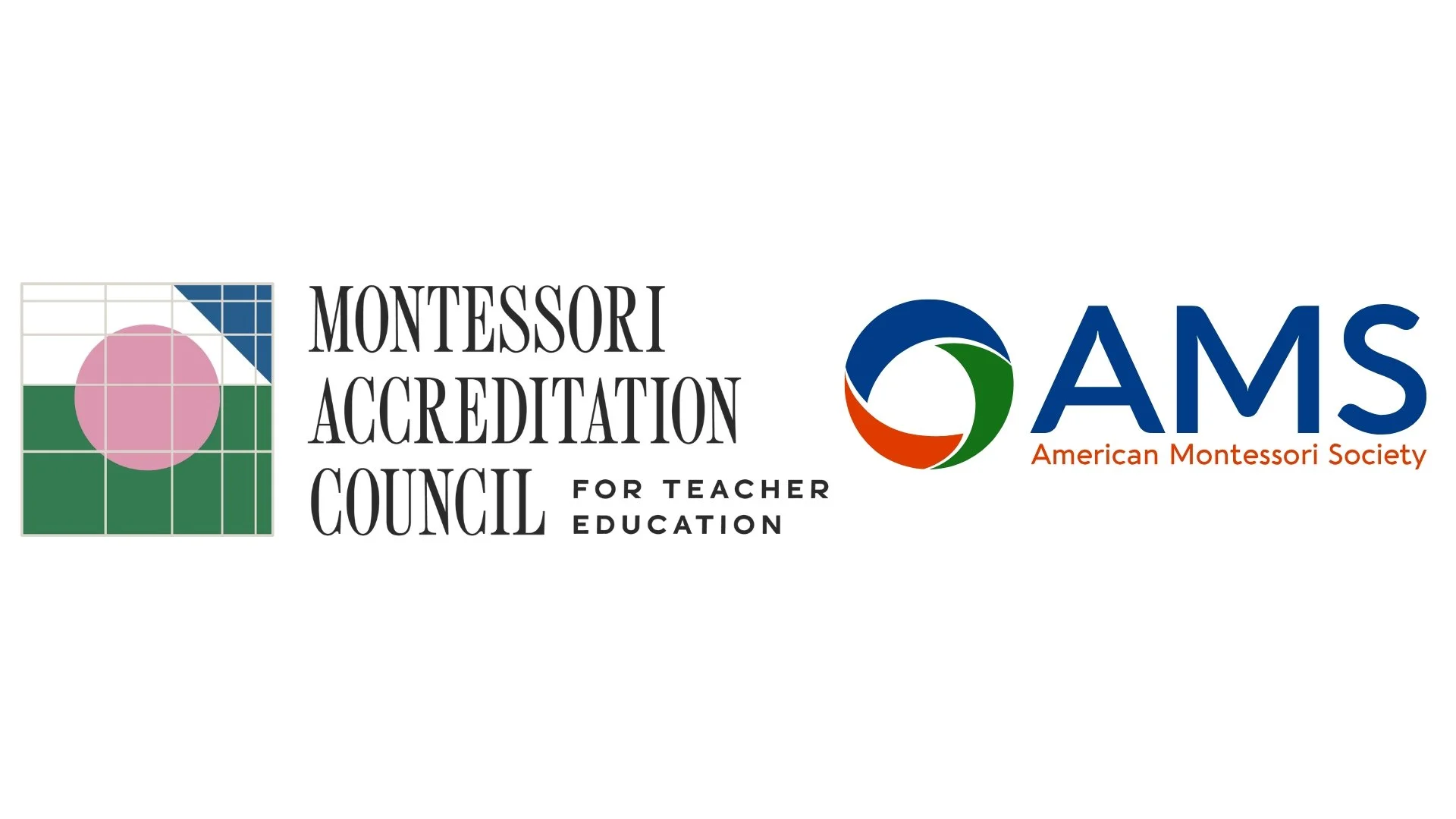As parents read more articles about the rising demands of preschool and pushing children into rigorous academics too soon, as well as the lack of unstructured play, which can inhibit social skills and development, many are looking for alternative education options. Many schools are now clamoring for the Montessori label to meet parent interest. However, all Montessori schools are not created equal. Maria Montessori, one of the first female physicians in Italy, developed and perfected her method without trademarking the term. This means any school can refer to itself as “Montessori,” without actually adhering to, or in some cases, understanding what that means.
Here are some things to look for in an authentic Montessori school:
Multi-age classrooms. In a traditional Montessori Primary classroom children are 3-6 years old. Younger children often learn better from older peers than they do even from a teacher, because they are more interested. Older children gain leadership skills and confidence in being given the responsibility of showing younger children what to do.
Montessori materials. Montessori classrooms have hands-on materials that make abstract concepts concrete. If you do a Google search on Montessori lessons, you will find many wooden toys that are beautifully made, but do not necessarily have anything to do with Montessori concepts. A beautiful, hand-made, wooden toy, does not necessarily mean it is Montessori!
Three hour work cycle. Traditional preschools structure their day with centers and circle times where children transition from one subject to the next. In Montessori, children have an uninterrupted block of time; for Primary aged-children it’s 3 hours and for PrePrimary about 2 hours. This way they are able to develop their ability to focus and concentrate, which is a difficult skill for a 2 or 3 year old, but essential for their success.
Montessori teachers that have gone through an accredited teacher-training program. Montessori lessons often have upwards of 50 steps and are presented in a very specific way. Teachers spend 1-2 years in class learning the steps for each lesson, which include the pace involved in presenting a lesson as well as the vocabulary used. After they have completed class they complete a 180-day practicum during which they are observed by another Montessori field consultant 4 times, and receive feedback on how to improve their teaching practice to best serve the children in their care. Simply having Montessori materials is only one piece of the equation. Having a carefully prepared guide to introduce the materials to the children is essential.
It’s not uncommon to hear differing accounts of people’s experiences with or impressions of Montessori schools. Some report there is not enough freedom; while others feel there is too much and children run amok. Some Montessori schools claim they “follow the child,” while still insisting children meet arbitrary deadlines and engage in the same subjects at the same time. Some schools claim to be “Montessori-inspired,” though lack many of the qualities that an authentic Montessori school has - which have been shown to lead to better outcomes for children. Hyperlink to this article: http://www.montessori-science.org/Science_Evaluating_Montessori_Education_Lillard.pdf
There is no such thing as “Montessori-like.” Without multi-age classrooms, authentic Montessori materials with trained teachers who know how to present them, and an uninterrupted work cycle, the effects of a true Montessori program will not be the same. As a teacher or parent be wary of the Monte-somethings.





